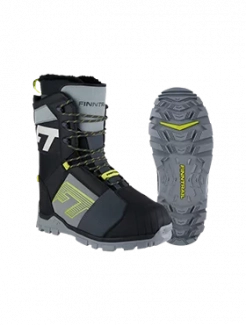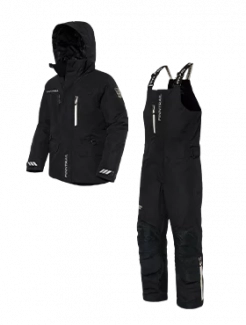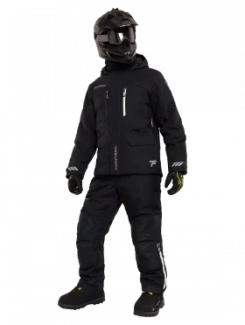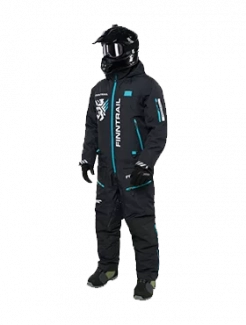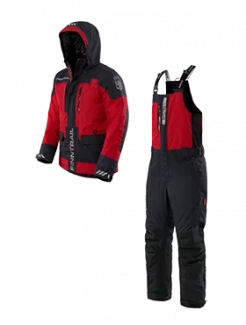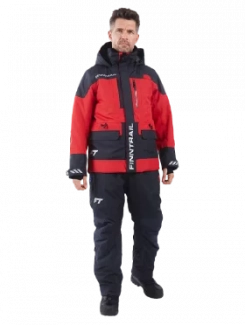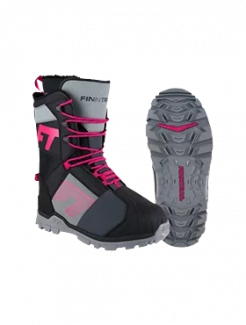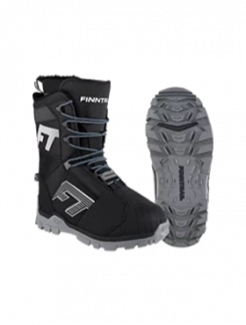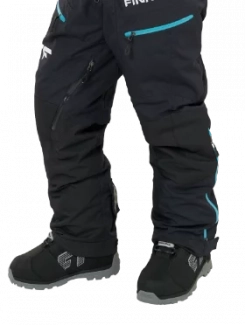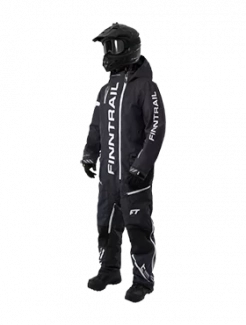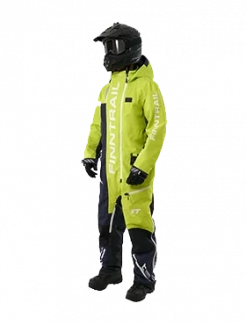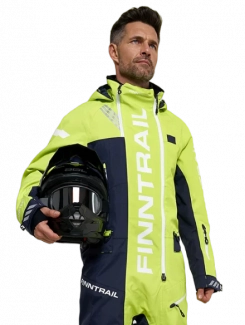Do You Need a Driver's License to Drive a Snowmobile
Snowmobiling is a thrilling way to explore winter landscapes. But before you hop on a sled and roar off across the ice and snow, a common question arises: Do you need a driver’s license to drive a snowmobile?
The short answer is: it depends. The requirement for a driver’s license—or other permit or certificate—varies widely by country, state or province, and even by local jurisdiction. In many places, snowmobiles are regulated more like recreational or off-road vehicles than cars, but in some cases, a valid driver’s license or special snowmobile permit is mandated.
Let’s dig in.
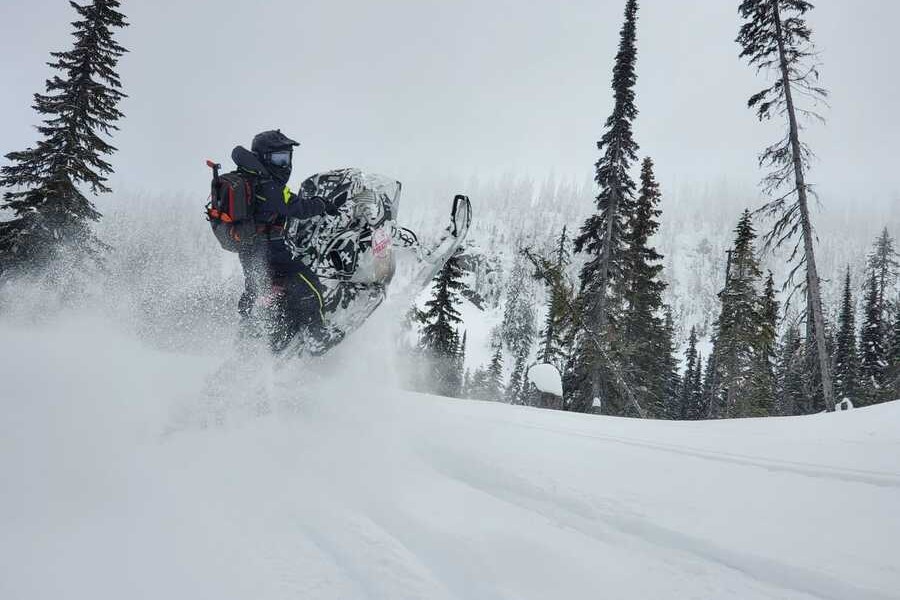
Key factors
Whether you need a driver’s license to operate a snowmobile often depends on these factors:
-
Jurisdiction/legal regime
Different countries (and within them, states, provinces, territories) have distinct rules. -
Type of land/trail use
Rules may differ for riding on groomed public trails, forest service lands, cross-country terrain, or private property. -
Age of the operator
Many jurisdictions set minimum ages and require supervision or additional certification for younger riders. -
Requirement of safety courses/permits
Even where a license is not required, safety training or certification may be mandated to ride trails. -
Rental/guided tour operator policies
Rental companies often impose their own requirements regardless of legal mandates. -
Local custom or tourism regulation
In tourist areas, local rules (or insurance mandates) may require proof of competency or a license.
Because of these variables, it's essential to check the specific legal requirements in the place you plan to ride (or rent) a snowmobile.
Below are examples in different regions to illustrate how different those rules can be.
United States (varies by state)
In the US, snowmobile regulation is primarily managed at the state level (and sometimes county or local). Many states do not require a special snowmobile driver’s license, but rather rely on registration, permits, or safety certification. Some additional points:
-
In many U.S. states, snowmobilers 16 and older only need a valid driver’s license to ride.
-
Many states require registration of the snowmobile (i.e. like a “license plate” or decal), even if no special driver’s license is needed.
-
Some states require safety education/certification for younger riders (e.g. under 16 or 18) before they can operate alone on trails.
-
Trail permits may also be required, especially for nonresident users.
Canada
Canada also has varied rules by province and territory, but one pattern emerges: where trails are regulated, a valid driver’s license is often accepted or required, though provinces may also require safety courses or permits.
For example:
-
In Ontario, a special permit called the Motorized Snow Vehicle Operator’s Licence (MSVOL) exists. Riders can take an online training course to receive an MSVOL.
-
If a person already has a valid or suspended Ontario driver’s license and is over 16, they cannot be issued an MSVOL; instead, they receive a Certificate of Completion.
-
In Quebec, snowmobile tours explicitly require a valid automobile driver’s license to drive on trails.
-
Many Canadian provinces require that riders carry a valid driver’s license or other permit when riding on trails, plus proof of registration, insurance, and safety certification.
Thus, while the requirement of a driver’s license is often present, provinces may offer alternative snowmobile operator licenses or safety certification mechanisms.
Europe and Scandinavia
In Europe and Scandinavian countries with heavy snowmobiling culture, the rules can be more stringent or specific:
-
According to Wikipedia, in Norway and Sweden, a specific snowmobile driver’s license is required. In Finland, no additional license is required if the driver already holds a valid other appropriate driver’s license (such as for a car or tractor).
-
In tourist destinations (e.g. Iceland), snowmobile rental operators often require a full, valid driver’s license (not just a learner’s permit) and a minimum age (e.g. 17 years).
So in European settings, especially where tourism is a factor, many companies require a full driver’s license even if legally the jurisdiction might not explicitly require one for snowmobiles.
How rental companies and tour operators handle licensing requirements
Even where local law is permissive, rental agencies and tour operators typically require:
-
A valid driver’s license (often full, not learner’s)
-
A minimum age (e.g. 18, or sometimes 16 with supervision)
-
A waiver or liability release
-
A damage deposit or credit card hold
-
Sometimes proof of experience, or completion of a short training session
-
In some cases, carrying additional permits or trail passes if required by local land management
The reason is risk and liability: operators want to ensure the driver has demonstrated sufficient competence and can be identified.
In many settings, the tour advertisement itself states that the driver must carry a valid license, present it at check-in, and ride at their own risk.
Thus, when planning a snowmobile trip via rental or guided tour, assume a driver’s license will be required unless explicitly told otherwise.
Safety training, certification, and education requirements
Even when a driver’s license is accepted or required, many jurisdictions impose additional safety training or certifications. Some reasons include:
-
Teaching hand signals, trail etiquette, hazard recognition
-
Covering avalanche awareness and terrain reading
-
Ensuring riders understand machine operation and emergency procedures
For instance:
-
BRP / Ski-Doo strongly recommends (and in some places, mandates) safety courses or certification, which is “as close to a snowmobile license as you get” in many areas.
-
Many U.S. states require under-16 or under-18 riders to complete a snowmobile safety course before operating alone.
-
In Ontario, the MSVOL course requirement ensures that young or inexperienced riders get training before entering trails.
Even where not legally required, taking a safety course is strongly wise — it reduces risk, prepares you for winter conditions, and may sometimes reduce insurance costs or trail permit fees.
What you should check before driving a snowmobile
If you plan to ride or rent a snowmobile, here’s a checklist:
-
Jurisdiction rules
Look up the laws for the state, province, or territory — specifically snowmobile regulations, trail rules, and licensing. -
Rental / tour policies
Ask the rental company whether they require a driver’s license, and what categories are acceptable (full license, learner’s, motorcycle, etc). -
Age restrictions
Confirm the minimum age to drive or ride; check if younger riders require supervision or certification. -
Safety course / certification requirements
Inquire whether a course is mandatory, or recommended. Some jurisdictions will require proof of completion. -
Registration, insurance & trail permits
Determine whether the machine must be registered, insured, or carry a trail permit. -
Local land access
Nature reserves, national forests, or tourism zones may impose additional rules. -
Equipment & safety gear
Always ensure helmets, emergency gear, and avalanche safety (if applicable) are mandated or recommended. -
Know the contract / waiver
Rental contracts may stipulate that a driver must maintain a valid license; refusing to provide one might void insurance coverage. -
Cross-border applicability
If traveling between regions, check whether your license or certification is accepted across borders.
By doing due diligence, you avoid surprises and legal or liability issues.
Summary & recommendations
-
There is no single global rule: whether you need a driver’s license to operate a snowmobile depends heavily on where you ride.
-
In many North American jurisdictions, a valid driver’s license is commonly accepted (or required by operators), but not always mandated by law.
-
Rental companies, tour operators, and insurance demands often require a driver’s license even in places where local law doesn’t.
-
In some European or Nordic jurisdictions (e.g. Norway, Sweden), a specific snowmobile license is necessary. In Finland, holding a valid car or tractor license may suffice.
-
Safety courses, operator permits, trail registration, and age limits are frequently required or strongly recommended.
-
Before riding or renting, always verify the rules for that specific region, check with the operator about their policies, and ensure you carry proper credentials, safety certifications, and any necessary permits.
If you like, I can tailor this article with examples specific to your country (Netherlands / Europe) or a region of interest, or I can help you convert it into a blog-friendly version with subheadings, callouts, etc. Do you want me to adapt it further for your audience?

